In the realm of true crime podcasting, each resource, whether it’s a newspaper article, a police report, or an interview, holds a wealth of information. The key lies in extracting this information effectively and ethically, especially when dealing with sensitive cases. This article provides a comprehensive guide on how to meticulously gather as much information as possible from a single resource, ensuring that our approach remains victim-centered and respectful.
Understanding the Resource
Before delving into the content, understand the nature of the resource. Is it a primary source like a police report or a secondary source like a news article? Primary sources offer direct accounts and are invaluable for factual accuracy. Secondary sources, while useful and often credible, are more likely to contain interpretations or biases.
Contextual Analysis
Start by placing the resource within its broader context. For instance, if it’s a newspaper article, consider the publication date, the media outlet’s reputation, and the journalist’s background. This contextual understanding can provide insights into potential biases or the information climate at the time.
Detailed Review
Read the resource multiple times. The first reading should be an overview, followed by more focused readings. Pay attention to:
- Specific Details: Names, dates, locations, and timelines are crucial in true crime research.
- Language and Tone: This can reveal the writer’s perspective or hint at societal attitudes towards the crime or victim.
- Inconsistencies or Gaps: Note any discrepancies or missing information, as these can be areas for further research.
Cross-Referencing
Cross-reference the information with other sources. This practice can confirm the accuracy of details and provide a fuller picture. For instance, if a newspaper article mentions a court date, check legal records to verify.
Analyzing Visual Elements
If the resource includes photographs, maps, or diagrams, analyze them thoroughly. They can offer additional insights or raise new questions. For example, a crime scene photo might reveal details not mentioned in the text.
Ethical Considerations
In true crime, especially, it’s vital to approach resources with sensitivity towards victims and their families. Avoid sensationalizing or exploiting traumatic details. Focus on facts and respectful storytelling.
Identifying Themes and Patterns
Look for recurring themes or patterns within the resource. These can provide deeper insights into the case or highlight broader societal issues related to the crime.
Questioning and Critiquing
Develop a critical mindset. Question the information presented and its implications. Is there an underlying assumption or bias? Does the resource overlook certain perspectives, particularly those of the victim or marginalized groups?
Utilizing External Expertise
Sometimes, a resource may contain technical or legal jargon. Consulting with experts in these fields can provide clarity and ensure accurate interpretation. Additionally, you can research the definitions of words that are outside of your normal vocabulary. Artificial intelligence is also an excellent resource for copy/pasting sections of a source and rewriting it in a lower reading level. However, this practice may lead to misinformation, so be wary.
Note-taking and Organizing
As you analyze the resource, keep detailed notes. Organize these notes systematically, whether chronologically, thematically, or by type of information. This organization will be invaluable when piecing together the narrative for your podcast. We go into our preferred notetaking strategies within the True Crime Podcast Training research courses.
Reflecting and Revisiting
After your initial analysis, take a step back. Reflect on the information gathered and how it fits into the larger narrative of the case. Revisit the resource after some time; fresh perspectives can reveal new details.
Summary
In conclusion, extracting the maximum amount of information from a single resource in true crime research requires a meticulous, ethical, and critical approach. Understanding the nature of the resource, conducting a detailed review, cross-referencing, and maintaining a victim-centered perspective are key. By following these steps, true crime podcasters can ensure that their content is not only informative and engaging but also respectful and responsible.
This comprehensive method ensures that each resource is utilized to its fullest potential, contributing to a well-researched, nuanced, and ethically sound true crime podcast. Remember, every detail matters in the pursuit of truth and justice, and every piece of information contributes to honoring the stories of those affected by crime.


